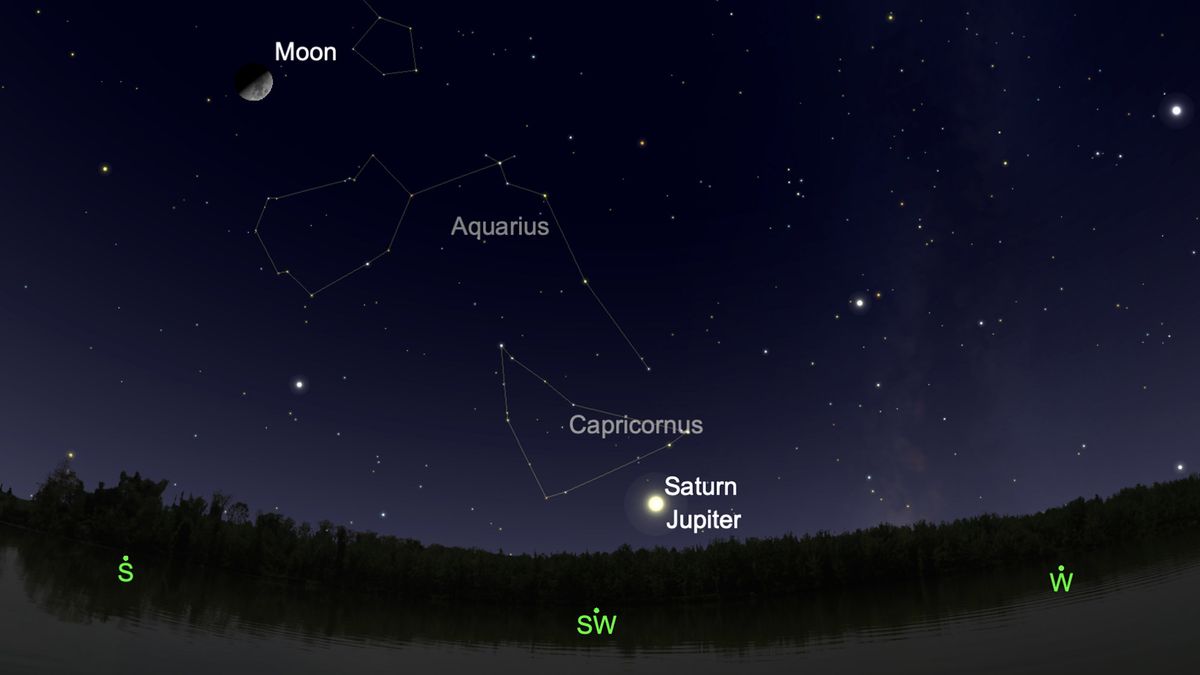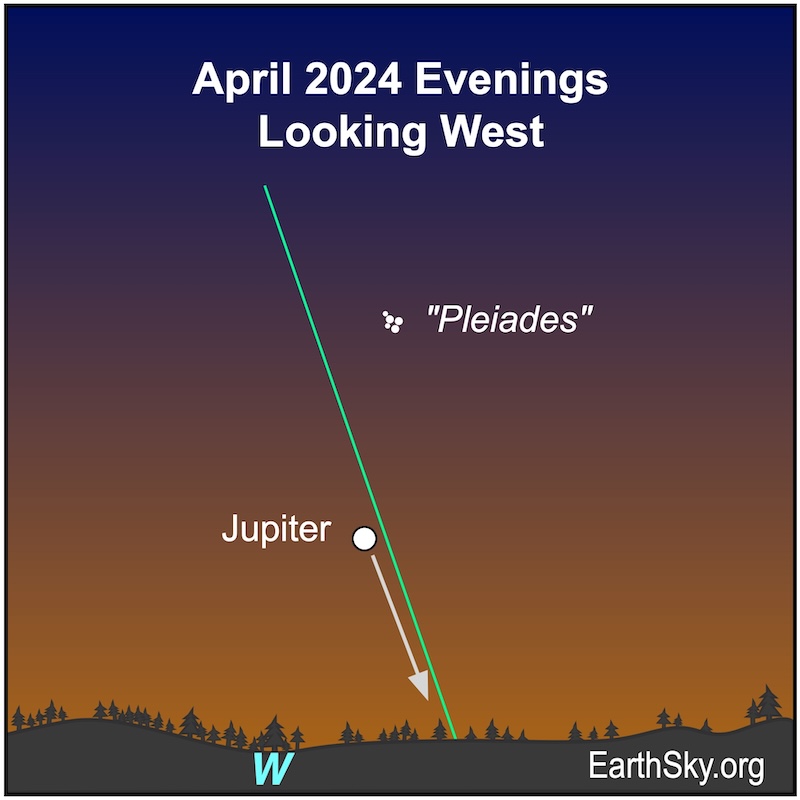anth
Winger
i always think those atlas 5 with the massive payload fairly look odd.
if anyone is still up later, another bunch of astronauts will take off from Florida to go to the ISS. The first main scheduled flight using SpaceX’s falcon 9 and dragon 2. The last was officially a demo flight.
if anyone is still up later, another bunch of astronauts will take off from Florida to go to the ISS. The first main scheduled flight using SpaceX’s falcon 9 and dragon 2. The last was officially a demo flight.
Last edited:


